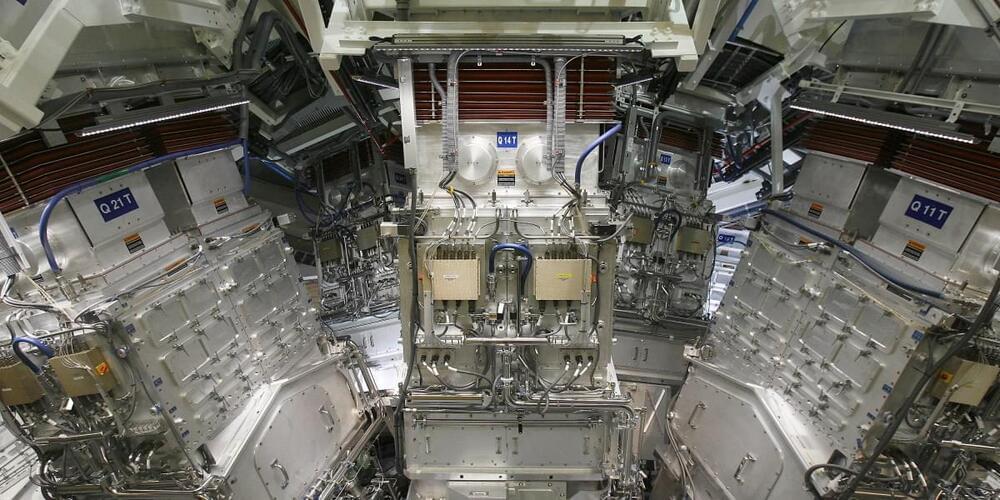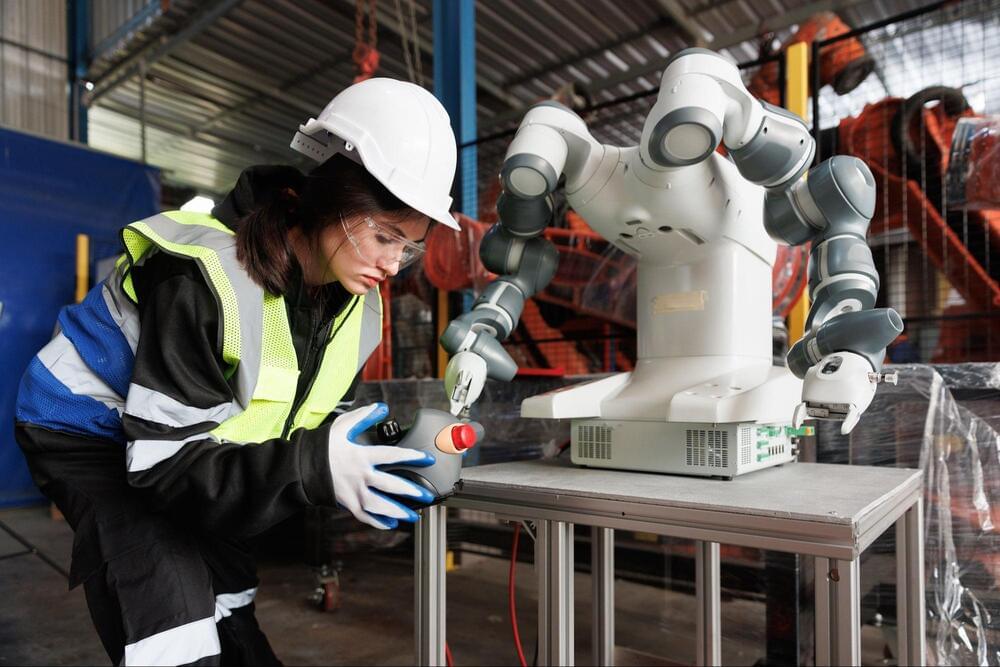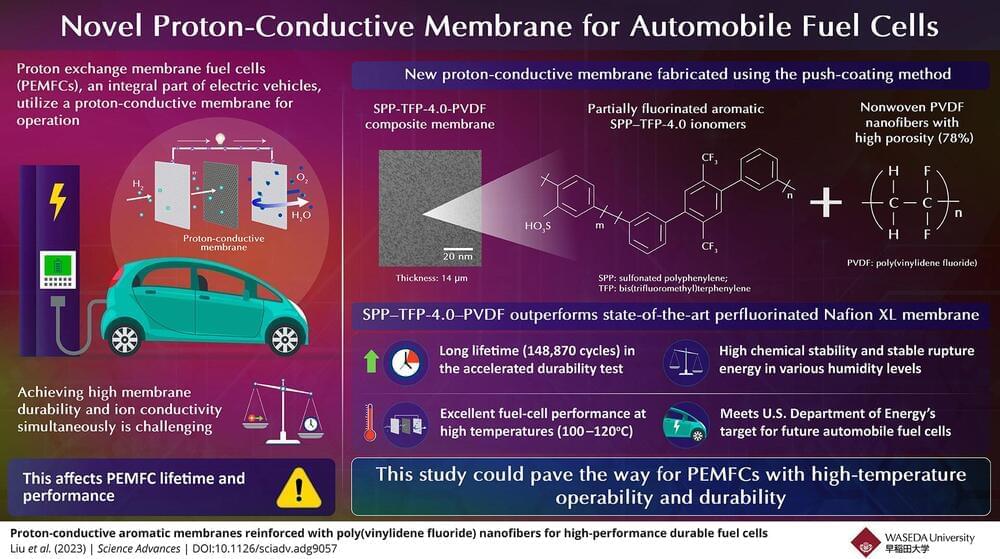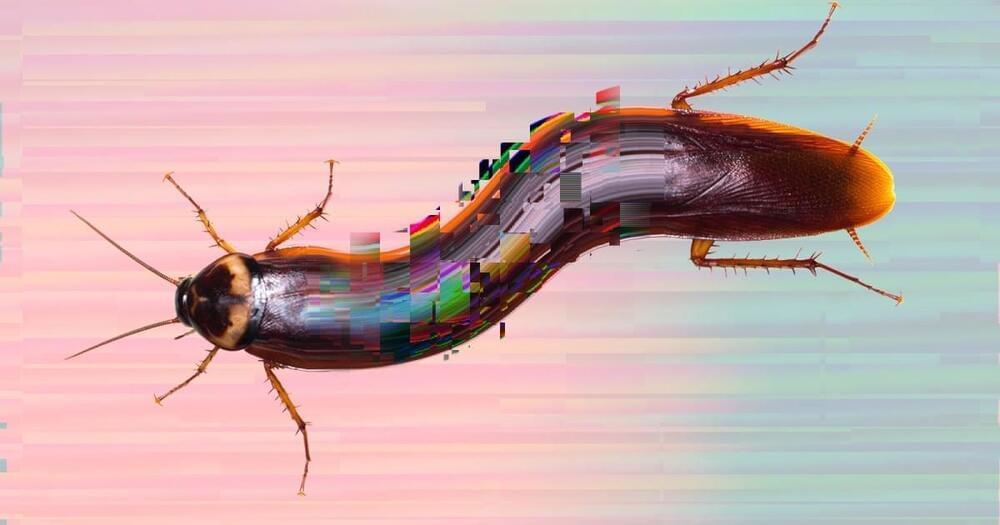They finally reached ignition again last week, according to a statement Sunday from the lab. The news was first reported by the Financial Times.
“In an experiment conducted on July 30, we repeated ignition,” the statement read. “Analysis of those results is underway. As is our standard practice, we plan on reporting those results at upcoming scientific conferences and in peer-reviewed publications.”
Unlike fission, the process used in current nuclear power plants, fusion involves smashing atoms together instead of splitting them apart. It theoretically can supply carbon-free energy without long-lasting radioactive waste. But generations of scientists have struggled to master it in a controlled reaction, even though it has been the power source of nuclear weapons for decades.









